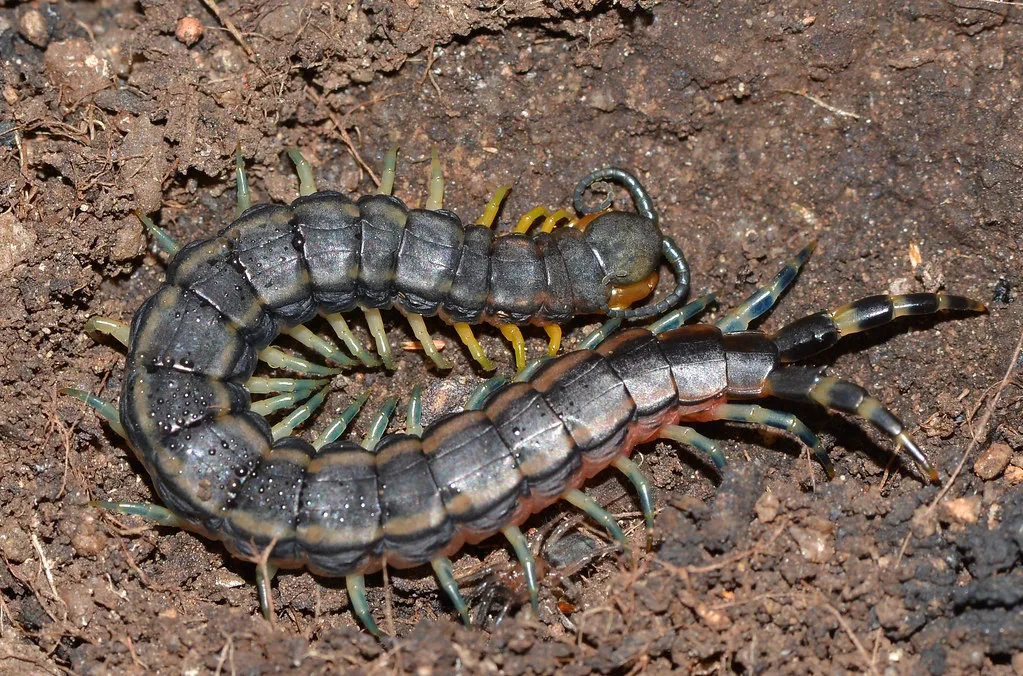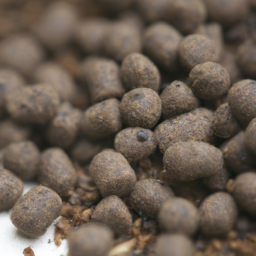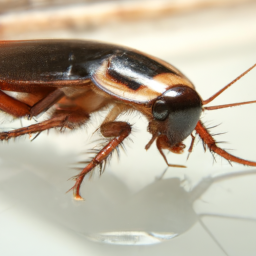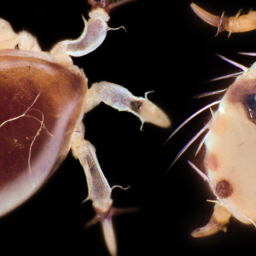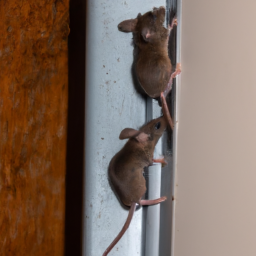House Centipede vs Silverfish
House Centipede vs Silverfish: What’s the Difference?
House Centipedes and Silverfish are two of the most feared and reviled household pests, but what is the difference between them? Let’s take a look:
Appearance
-
- House Centipede: The House Centipede has 15 legs and is a yellow-brown color with three dark stripes down its back. Its body is around 1 inch long.
-
- Silverfish: Silverfish have three long tails, but otherwise resemble a flattened oval. They are about ¾ of an inch long and have a silvery-gray color.
Habitat
-
- House Centipede: House Centipedes favor damp, dark places, especially in bathrooms or basements. They are most active at night.
-
- Silverfish: Silverfish also prefer damp and dark environments, such as bathrooms, garages, and attics.
Behavior
-
- House Centipedes: House Centipedes may bite if handled, but they do not transmit any diseases. They feed on small insects and have been known to eat other house centipedes.
-
- Silverfish: Silverfish are harmless creatures and do not transmit any diseases. They feed mainly on carbohydrates, such as books, paper, and even glue.
Conclusion
In conclusion, House Centipedes and Silverfish are two of the most feared and reviled household pests, and have many similarities as well as some key differences. However, it is important to remember that neither creature is dangerous to humans.
Subtopics: a) Appearance, b) Behavior, c)Diet, d) Habits, e) Control
A home can harbor all manner of critters, ranging from the harmless to the pesky. Two common crawlers, house centipedes and silverfish, are blights on domestic dwellings, as both scavenge for food and leave no shortage of mess behind. Read on to learn the differences between these two pests and what actions you can take to control them in your own home.
Living quarters often contain an abundance of different critters, and house centipedes and silverfish are two unwelcome visitors. From their diet to habitats, no aspect of their infestations remains the same.
Appearance: House centipedes have long, flattened bodies that can reach up to 1.5 inches long with as many as 15 pairs of legs. In terms of coloring, they are typically grey with a yellow, striped pattern along their bodies. Meanwhile, silverfish are small creatures, rarely reaching longer than 0.5 inches and are typically silver-gray in color.
Behavior: House centipedes are nocturnal creatures, choosing to stay hidden in dark, secluded places, such as behind furniture and beneath appliances. Silverfish, on the other hand, typically remain active throughout the day and can be more frequently discovered in kitchens and bathrooms than their centipede counterparts.
Diet: House centipedes are saprophages; they feed on organic matter and other insects. Silverfish eat a varying range of things like flour, bread, fungus, old newspapers and cardboard boxes.
Habits: House centipedes are strong runners, capable of sprinting up walls and across ceilings with ease, while silverfish are weaker crawlers. For that reason, centipedes are often more evasive and only spotted by chance. Silverfish, on the other hand, will typically take refuge in accessible areas and crevices that they can easily access.
Control: It is best to take preventative measures to ensure that your home is safeguarded against the infestation of either pest. Seal off any cracks or crevices in walls and windows using caulk, and ensue that your kitchen and bathroom stays dry, as both centipedes and silverfish are attracted to moisture. Lastly, homeowners can call pest control help to get rid of these pesky critters.
In conclusion, both house centipedes and silverfish are unwelcome housemates that can cause extensive damage to personal property. Homeowners should take the necessary steps to ensure their dwellings are protected from these pests.
Also Read: Where Do Mites Live?
Related: How to Check for Lice
Related: Flea Bites vs Scabies

